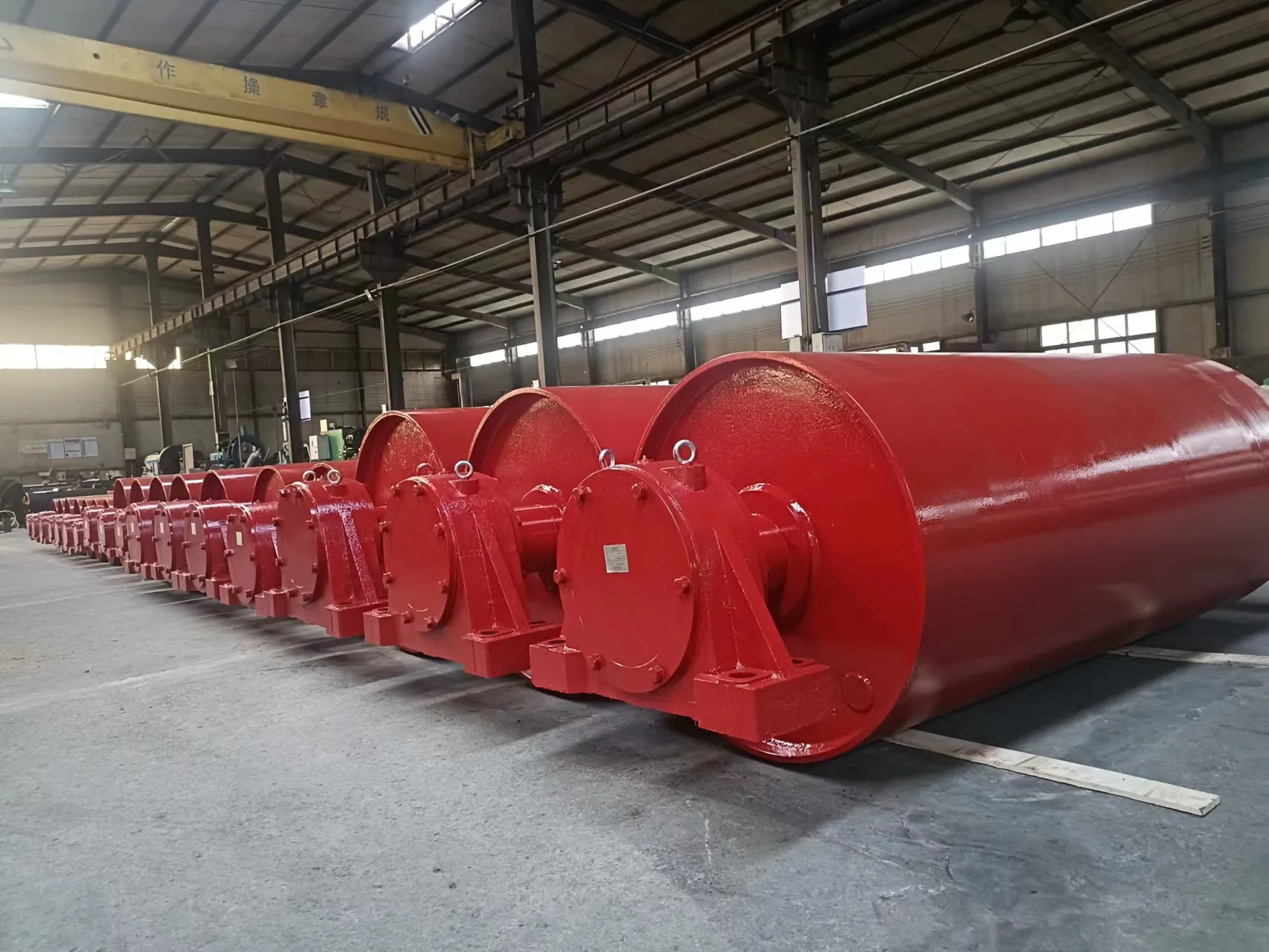 Afrikaans
Afrikaans  Albanian
Albanian  Amharic
Amharic  Arabic
Arabic  Armenian
Armenian  Azerbaijani
Azerbaijani  Basque
Basque  Belarusian
Belarusian  Bengali
Bengali  Bosnian
Bosnian  Bulgarian
Bulgarian  Catalan
Catalan  Cebuano
Cebuano  Corsican
Corsican  Croatian
Croatian  Czech
Czech  Danish
Danish  Dutch
Dutch  English
English  Esperanto
Esperanto  Estonian
Estonian  Finnish
Finnish  French
French  Frisian
Frisian  Galician
Galician  Georgian
Georgian  German
German  Greek
Greek  Gujarati
Gujarati  Haitian Creole
Haitian Creole  hausa
hausa  hawaiian
hawaiian  Hebrew
Hebrew  Hindi
Hindi  Miao
Miao  Hungarian
Hungarian  Icelandic
Icelandic  igbo
igbo  Indonesian
Indonesian  irish
irish  Italian
Italian  Japanese
Japanese  Javanese
Javanese  Kannada
Kannada  kazakh
kazakh  Khmer
Khmer  Rwandese
Rwandese  Korean
Korean  Kurdish
Kurdish  Kyrgyz
Kyrgyz  Lao
Lao  Latin
Latin  Latvian
Latvian  Lithuanian
Lithuanian  Luxembourgish
Luxembourgish  Macedonian
Macedonian  Malgashi
Malgashi  Malay
Malay  Malayalam
Malayalam  Maltese
Maltese  Maori
Maori  Marathi
Marathi  Mongolian
Mongolian  Myanmar
Myanmar  Nepali
Nepali  Norwegian
Norwegian  Norwegian
Norwegian  Occitan
Occitan  Pashto
Pashto  Persian
Persian  Polish
Polish  Portuguese
Portuguese  Punjabi
Punjabi  Romanian
Romanian  Russian
Russian  Samoan
Samoan  Scottish Gaelic
Scottish Gaelic  Serbian
Serbian  Sesotho
Sesotho  Shona
Shona  Sindhi
Sindhi  Sinhala
Sinhala  Slovak
Slovak  Slovenian
Slovenian  Somali
Somali  Spanish
Spanish  Sundanese
Sundanese  Swahili
Swahili  Swedish
Swedish  Tagalog
Tagalog  Tajik
Tajik  Tamil
Tamil  Tatar
Tatar  Telugu
Telugu  Thai
Thai  Turkish
Turkish  Turkmen
Turkmen  Ukrainian
Ukrainian  Urdu
Urdu  Uighur
Uighur  Uzbek
Uzbek  Vietnamese
Vietnamese  Welsh
Welsh  Bantu
Bantu  Yiddish
Yiddish  Yoruba
Yoruba  Zulu
Zulu Understanding Roller Lagging and Its Impact on Conveyor System Efficiency
Understanding Roller Lagging A Key Component in Conveyor Systems
In contemporary industrial environments, the efficiency and reliability of conveyor systems have become paramount. Among the various components that contribute to the smooth operation of these systems, roller lagging plays a crucial role. This article delves into what roller lagging is, its benefits, and its importance in enhancing the performance of conveyor operations.
What is Roller Lagging?
Roller lagging refers to the process of applying a material, typically rubber or ceramic, to the surface of conveyor rollers. This layer serves multiple purposes, primarily focused on providing better traction, improving the durability of the rollers, and reducing wear and tear over time. The lagging material can vary based on the application, with options tailored for specific environmental conditions—ranging from standard rubber for basic applications to high-friction materials for more demanding scenarios.
Benefits of Roller Lagging
1. Enhanced Traction and Grip One of the foremost advantages of roller lagging is its ability to increase the friction between the conveyor belt and the roller. This enhanced grip minimizes slippage, ensuring that the materials being transported remain reliably on track. In industries where precise material handling is critical—such as mining, agriculture, and manufacturing—this can significantly reduce downtime associated with product misalignment.
2. Reduces Wear and Tear By providing a protective layer, roller lagging can greatly extend the lifespan of the rollers themselves. Without lagging, the metal surfaces of the rollers are subjected to constant wear from the abrasion caused by the belt and the materials being conveyed. Over time, this can lead to costly replacements and maintenance. Lagging absorbs much of this impact, leading to longer-lasting operational components.
roller lagging

3. Vibration Dampening Another key benefit of roller lagging is its ability to dampen vibrations and noise during operation. Conveyor systems, particularly those that handle heavy loads, can produce significant vibration that not only affects the structural integrity of the machinery but also contributes to a noisy working environment. Rubber lagging helps to absorb these vibrations, promoting a quieter and more stable operation.
4. Customization for Specific Needs The lagging materials can be customized for specific applications, depending on factors like load weight, speed, and environmental conditions. For instance, certain industries may require resistant materials that can withstand extreme temperatures, oil, or corrosive substances. This level of customization ensures that companies can optimize their conveyor systems for maximum efficiency.
Importance in Conveyor Operations
Roller lagging is not merely an accessory; it is an essential component in maintaining the integrity and efficiency of conveyor systems. The absence of proper lagging can lead to significant operational drawbacks, including increased maintenance costs, downtime, and the risk of product loss. As the demand for industrial productivity rises, ensuring that conveyor systems operate at peak performance becomes increasingly critical.
Furthermore, with the advent of Industry 4.0 and the growing emphasis on automation, the role of roller lagging becomes even more vital. Smart conveyor systems now rely heavily on components that reduce friction and enhance durability, allowing for more efficient workflows and reduced energy consumption.
Conclusion
In summary, roller lagging serves as a critical investment for any industry utilizing conveyor systems. With its myriad benefits—ranging from increased traction and reduced wear to better vibration dampening—it is an essential factor for maximizing operational efficiency. Companies looking to enhance their material handling processes should consider the advantages of high-quality roller lagging as part of their overall strategy to maintain competitive edge in an ever-evolving industrial landscape. By prioritizing the maintenance and upgrading of conveyor components like roller lagging, organizations can streamline their operations, minimize costs, and ensure a smooth, reliable flow of materials.
-
Revolutionizing Conveyor Reliability with Advanced Rubber Lagging PulleysNewsJul.22,2025
-
Powering Precision and Durability with Expert Manufacturers of Conveyor ComponentsNewsJul.22,2025
-
Optimizing Conveyor Systems with Advanced Conveyor AccessoriesNewsJul.22,2025
-
Maximize Conveyor Efficiency with Quality Conveyor Idler PulleysNewsJul.22,2025
-
Future-Proof Your Conveyor System with High-Performance Polyurethane RollerNewsJul.22,2025
-
Driving Efficiency Forward with Quality Idlers and RollersNewsJul.22,2025





























